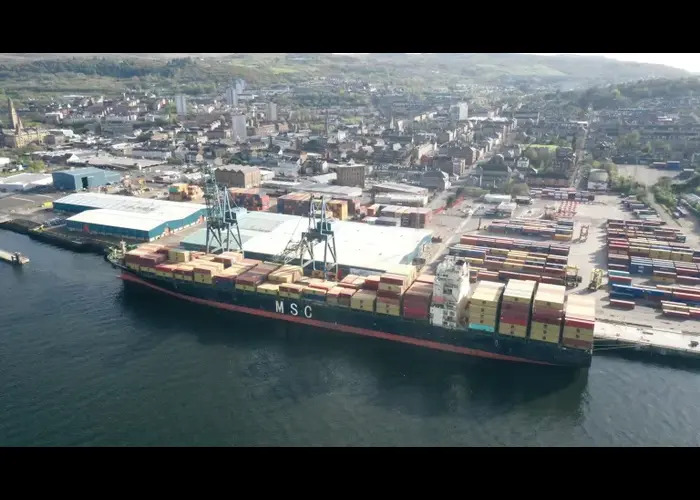BUSINESS myths abound, but misinformation about the transportation industry accounts for a large portion of all the incorrect info and urban legends that make their way around the internet. No one knows why, but people seem to glom onto misstatements and bogus statements related to sub-categories of the transport sector. Commercial vehicle fleets, one of the most highly technical parts of any delivery firm, are sometimes viewed as low-tech components of the supply chain when nothing could be further from the truth. Others misconceptions focus on air delivery, truck driver earnings, railroad efficiency, and the ongoing global logistics crisis. Review the following common myths to stay ahead of the misinformation curve.
Fleet Managers Lack High-Tech Tools
Supervisors use some of the latest technology and computer-based systems. In a typical fleet manager’s world, sophisticated technological tools are part of the landscape. Telematics devices play a central role in making sure that supervisors and drivers can communicate, that managers gain vital insight into vehicle conditions, and that safety measures are followed to the letter. Any tool that combines telecommunications and IT functionality is, by definition, a telematics solution. Now that the internet is part of every computer connected business system, transport companies are better equipped to gather real-time driver and vehicle data to measure efficiency, maximize safety, and achieve on-time delivery targets.
Rail is a Dying Sector
The railroad industry is thriving. For everyday consumers, the rail transportation industry is essentially invisible. With the exception of a few passenger trains, the vast majority of all railroad activity in the modern era is related to moving huge quantities of goods from one place to another. Not only is rail a cost-efficient and safe way to get cargo from Point A to Point B, but all the infrastructure has already been built. An added bonus is that, unlike air and truck conveyance, rail uses much less energy per mile for the cargo it carries.
Air is the Preferred Shipping Method
Air is the priciest and least-used transport method. Consumers tend to believe that air is the best and fastest way to send a physical object from one place to another. They’re half right as it’s by far the speediest, but when it comes to cost, air cargo has the highest price tag. Only a small percent of all transported goods moves by air, but that number is slowly increasing as the mode becomes more affordable for small companies and vast numbers of consumers. For those who also find it important to make shipping greener, air is not always the best option.
Truck Drivers Earn Low Wages
Drivers are paid well and are in high demand. For more than 50 years, truck drivers have been among the highest paid non-managerial workers in the transportation industry. With the recent supply chain crisis impacting virtually every delivery route in the world, the demand for trained, licensed drivers has soared in the past few years. Not only do vehicle operators earn excellent starting wages and generous benefits packages, but those who want to maintain their lifestyle in retirement know to stay on the job for several years because they also can stand to earn much higher annual salaries and take part in company profit sharing plans. The myths about low wages are based on driver pay rates in the early part of the last century.










